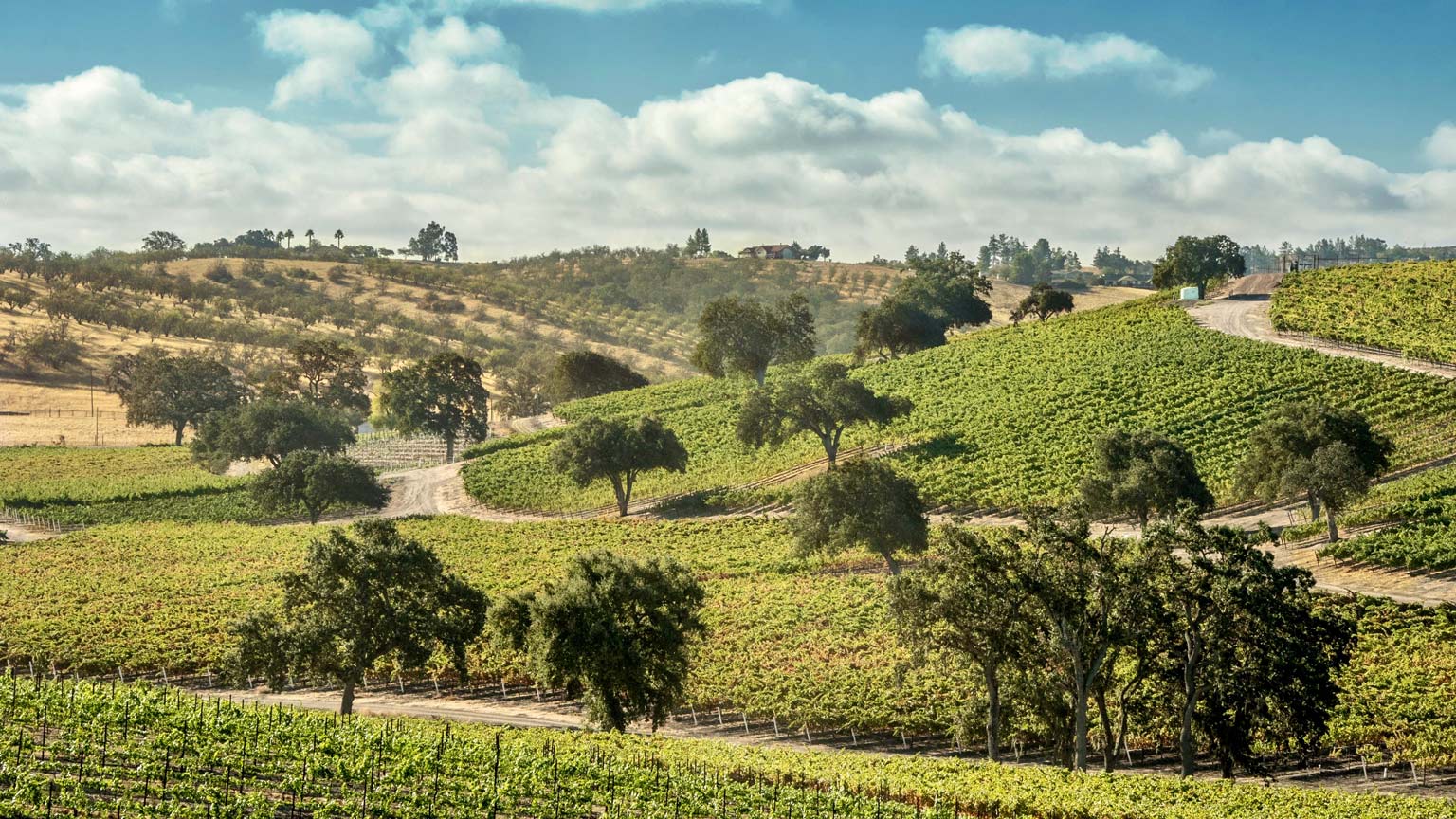Nose
Striking aromas of
lemon, green apple, melon and linseed oil.
Palate
The palate is bright and spicy, with lime,
papaya and baked apple joined by hints of
coriander and starfruit. A beam of a fresh
acidity carries through the finish, as
tropical flavors linger on the palate.
Growing Conditions
Carneros is renowned for stellar Chardonnay, so although our project is focused on
Pinot, we couldn’t resist planting a small block of Chardonnay. The selection of Old
Wente Chardonnay came to us as budwood from the Winery Lake and Larry Hyde
vineyards. It’s a charming field selection, yielding a host of aromas and flavors from
classic apple to banana to floral, including the occasional heady perfume of a musqué
cluster.
Harvest
After very cool growing seasons in back to back years (2011 & 2012), the 2013 vintage felt quite warm,
although it was actually close to average for Northern California. Bud break occurred very early thanks
to a warm spring, leading to concerns about an extremely early harvest, but we avoided any heat spikes
throughout the summer, which slowed things down in the vineyard. With all of our vineyards (and
seemingly everyone else’s in Sonoma and Napa) tracking around the same sugar levels, the potential for
too much fruit at once made everyone nervous, but cool weather at just the right times in early and late
September created the spacing we needed. The 2013 calendar year was very dry, but fortunately heavy
rains in November and December of 2012 provided enough moisture in the soil and water for irrigation
to last the growing season. One small rain event on September 21st and 22nd created some worries, but
little rain fell and strong winds dried the vineyards out quickly. Our harvest began at our Russian River
Vineyard on September 2, and wrapped up in Carneros on October 8.
Bottling
At that point we tasted through and selected our favorite eleven barrels, which were blended in tank and
bottled in February of 2015.
Winemaking
Our 2013 Chardonnay was fermented in all French oak barrels, with slightly over 50% in new barrels.
The fermentation used native yeast and took place in the coolest part of the cellar, at about 55 degrees.
Primary fermentation was slightly quicker than usual, finishing in about 6 weeks. After which malolactic
fermentation was prevented, and the wine was topped and left to age on the lees.
Aging
The lees were stirred approximately once a month for six months to allow additional lees contact to
soften the mouthfeel. After that the wine was allowed to settle, and aged another 9 months in barrel.
Appearance
The 2013 Carneros Chardonnay is pale
gold in color.







